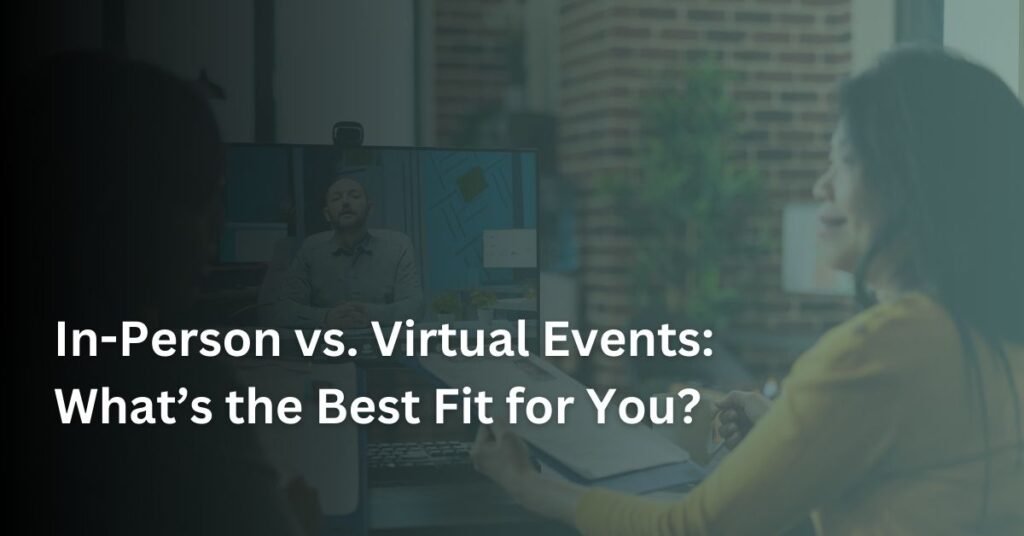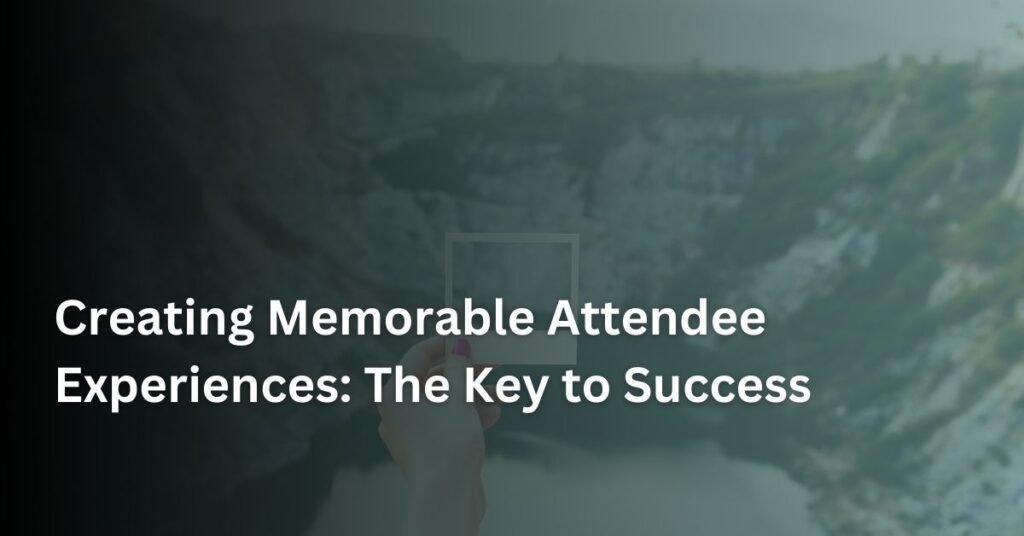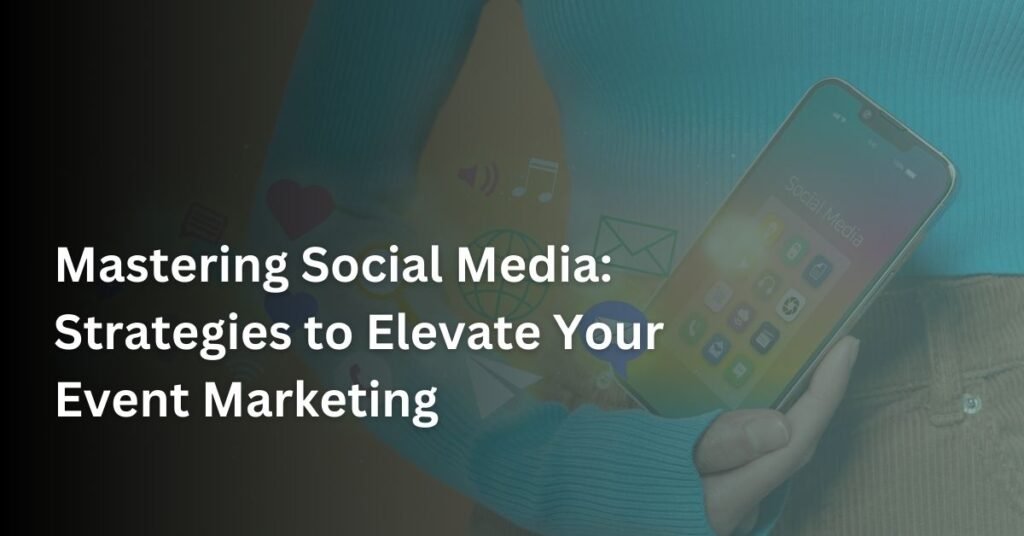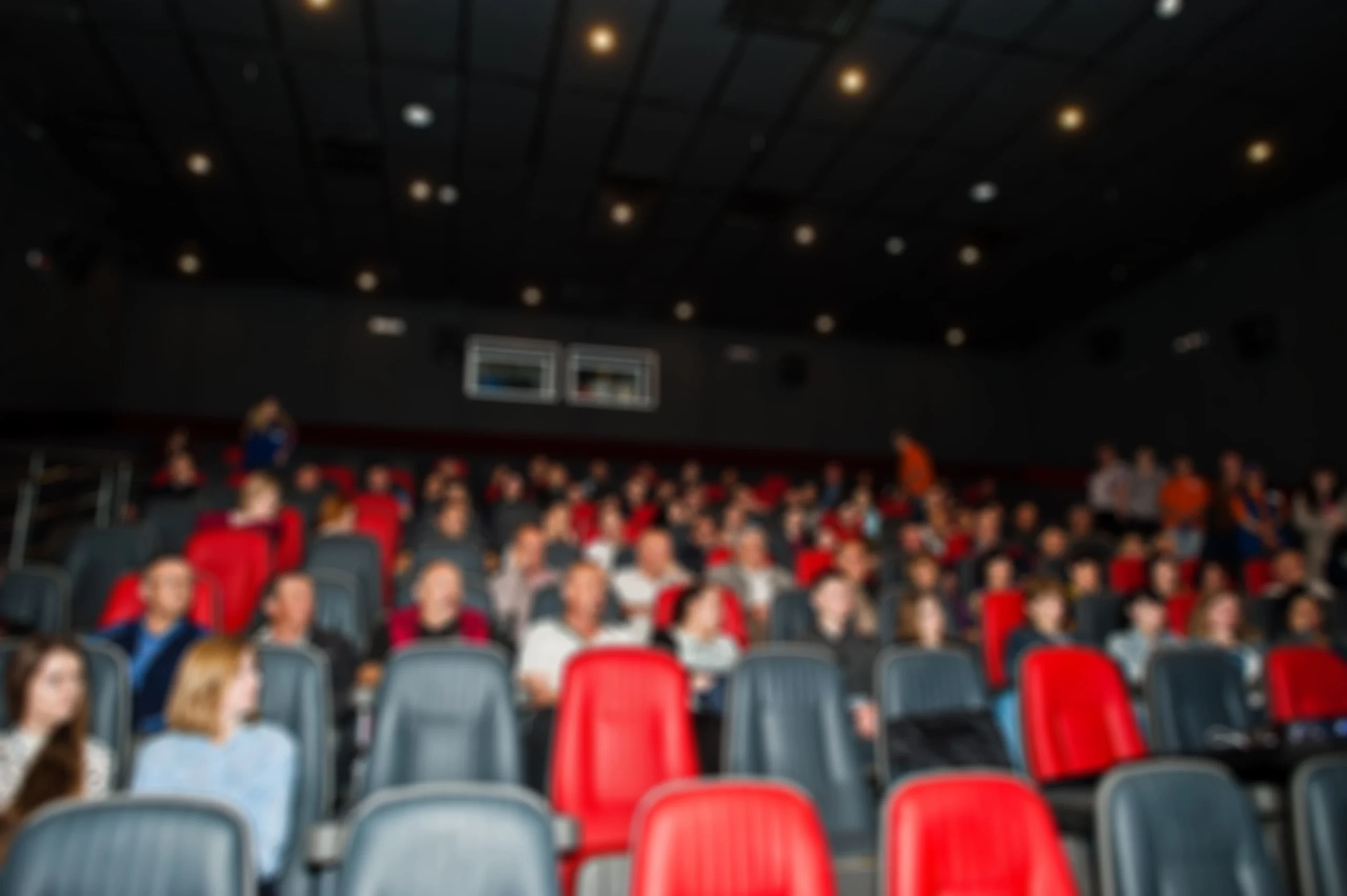Secrets to Attracting High-Profile Speakers to Your Events
Securing high-profile speakers can elevate your event’s credibility, attract more attendees, and generate buzz. However, convincing industry leaders to share their expertise at your event requires more than just an invitation. It’s about crafting a compelling pitch, highlighting value, and building relationships. Here are some insider tips to help you attract top-tier speakers to your next event.
1. Craft a Compelling Value Proposition

High-profile speakers receive countless requests, so your pitch needs to stand out. Start by clearly articulating the value they’ll gain by participating. Are you offering them an opportunity to reach a highly targeted audience, a chance to promote their latest book or product, or a platform to network with influential figures? Highlight what sets your event apart.
When crafting your pitch, emphasize the long-term benefits. For instance, speaking at your event could expand their reach within a specific industry, help them build authority, or offer an opportunity for media coverage. According to Forbes, one of the key motivators for industry experts to speak at events is the potential to enhance their personal brand.
2. Leverage Relationships
Networking plays a crucial role in securing top-tier speakers. If you or your colleagues have existing relationships with industry leaders, leverage those connections. Warm introductions are far more effective than cold emails. Similarly, consider collaborating with sponsors or partners who may have relationships with potential speakers.
Additionally, past speakers can be your greatest allies. If you’ve previously hosted influential figures, ask them to recommend or introduce you to other high-profile experts. Recommendations from peers often carry more weight.
3. Offer Unique Perks and Incentives
Sometimes, a little extra incentive can go a long way. Consider what you can offer to sweeten the deal. Travel accommodations, exclusive networking opportunities, or a high level of event promotion might be attractive perks for high-profile speakers.
You can also provide exposure through multiple channels. For instance, offering them the chance to be featured in post-event content, such as interviews or articles on your blog, might entice them. As highlighted by Inc., offering increased visibility and leveraging media partnerships can make your event more attractive to influential personalities.
4. Tailor Your Invitation to Their Interests

Before reaching out, research your target speaker’s current interests and professional goals. What are they passionate about right now? Align your invitation with these interests, showing how their participation in your event ties into their broader objectives.
For example, if your speaker is focused on sustainability, emphasize how your event promotes eco-friendly practices and attracts a like-minded audience. This level of customization demonstrates that you’ve done your homework and are genuinely interested in creating a mutually beneficial experience.
5. Build a Strong Event Reputation
Your event’s reputation matters. High-profile speakers are more likely to join if your event is known for being well-organized, with engaged attendees and a high level of professionalism. If you’re building a new event, focus on creating a strong foundation that will encourage speakers to participate in future iterations.
Start by attracting mid-tier speakers and delivering exceptional results. Positive feedback from past speakers can boost your event’s credibility and make it easier to attract higher-profile guests in the future. Highlight these achievements when pitching to top-tier individuals.
6. Promote the Speaker’s Involvement
Let potential speakers know how you plan to promote their involvement. Will you feature them in pre-event marketing materials, on social media, or in press releases? High-profile speakers are often interested in the exposure your event can offer, so providing a detailed promotion plan can help seal the deal.
For example, promoting their keynote speech across platforms like LinkedIn or featuring them in your email newsletters can extend their reach and provide significant value.
7. Engage Them in Unique Ways

Think beyond just a standard keynote. High-profile speakers might be more inclined to join your event if you offer them unique engagement opportunities. Consider inviting them to host interactive workshops, participate in panel discussions, or lead a fireside chat. These formats can be more appealing and allow them to engage with the audience on a deeper level.
Offering exclusive opportunities like meet-and-greet sessions with VIP attendees or a live Q&A with event participants can add even more value for both the speaker and your audience.
8. Create a Speaker-Friendly Experience
Make it easy for high-profile speakers to say yes by ensuring a seamless and professional experience. Provide clear logistics, such as travel accommodations and a detailed event schedule. Offer a point of contact to handle any concerns or questions they may have. When a speaker feels well taken care of, they’re more likely to recommend your event to their peers and consider future participation.
Conclusion
For more such informational blogs and product insights, visit us at AttendeeGain. Looking for Branding or Digital Products Consultancy? check out BrandWorks.

Abhishek Kapoor
Abhishek Kapoor is the founder and creative head of BrandWorks Worldwide. His is an ex-Cvent and has worked in the event space for the last 13 years, providing branding and registration expertise to many clients globally.
Secrets to Attracting High-Profile Speakers to Your Events Read More »





































